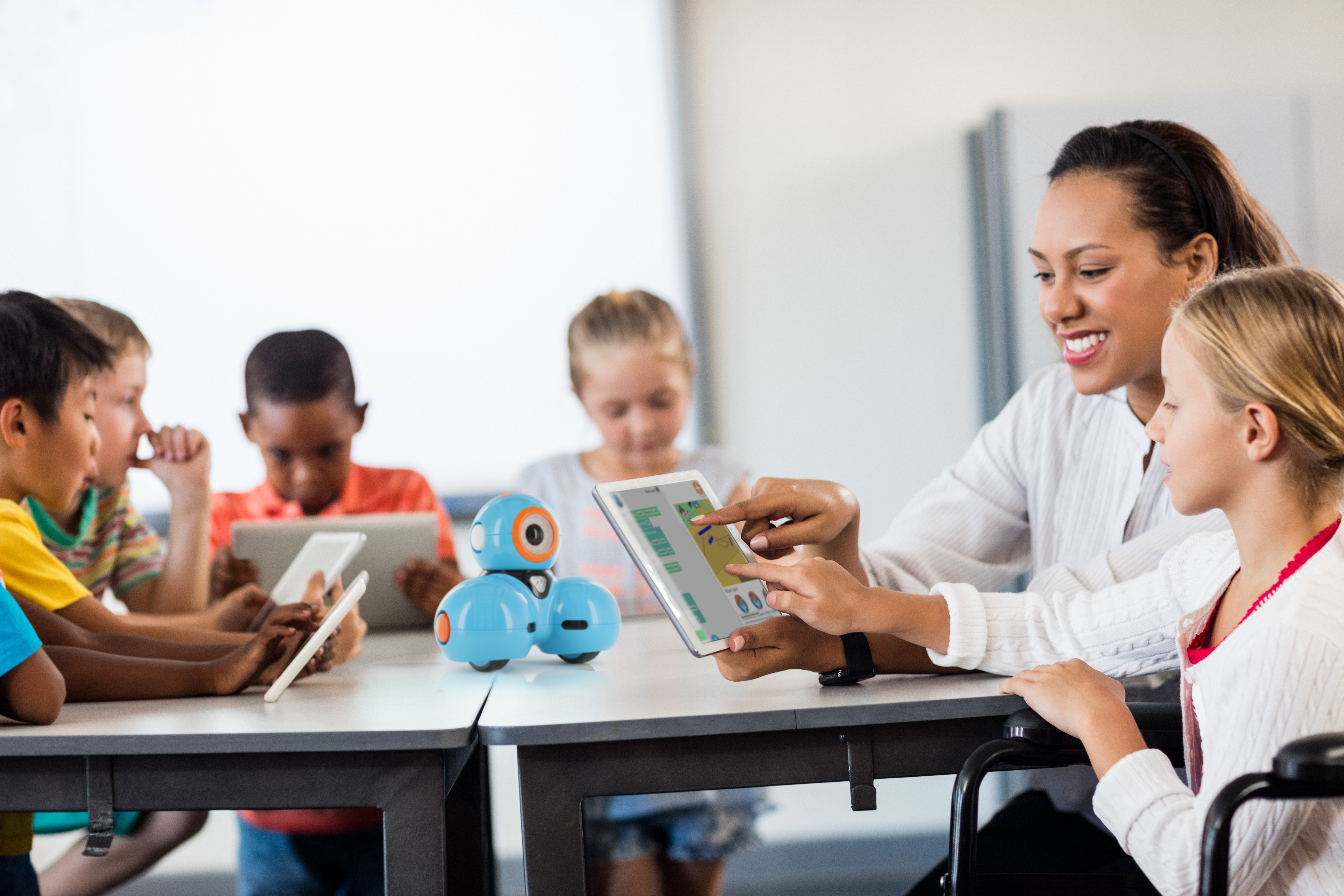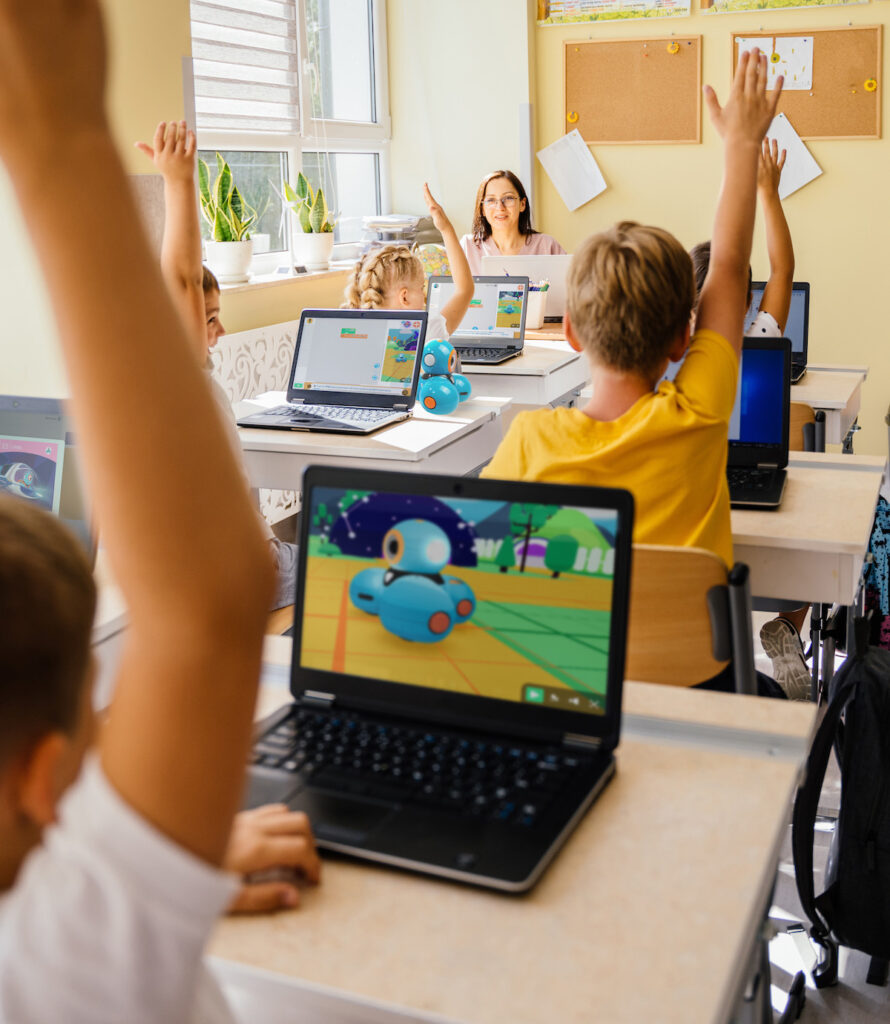MAKE WONDER WITH ESSER FUNDS
Utilize ESSER Funds for a Wonder-Workshop-Powered STEM Initiative
Explore our comprehensive guide to getting the most out of ESSER Funds available to your district.
The Elementary and Secondary School Emergency Relief (ESSER) funds present a valuable opportunity for schools to heighten technology innovation and STEM initiatives.
Among the approved uses of ESSER funds is: Educational technology including hardware and software.
The deadline to obligate ESSER Funds is September 30, 2024.
Get the Guide
Here at Wonder Workshop, we have seen remarkable success at one of the largest school districts in the country, helping them design a 3-year ESSER-funded STEM initiative for grades K-5.
Use this guide to understand how our robots, curriculum, and professional development can be funded at your school using ESSER III funds.





